On-Premise Vs Cloud Security: Advantages And Disadvantages
01 Feb, 20235 minutesIn my time recruiting for Franklin Fitch, I’ve largely specialized in server-specific roles....

In my time recruiting for Franklin Fitch, I’ve largely specialized in server-specific roles. Whether it’s been cloud architects, storage architects, virtualization engineers, or others, I’ve enjoyed learning about the technology.
One of the components of the technical discussion that I’ve enjoyed having the most with my candidates is the difference between on-premises and cloud infrastructure systems. As companies rely more heavily on technology to streamline operations and manage sensitive data, the debate between on-premise and cloud security has gained prominence. Both approaches have their own set of advantages and disadvantages, making it crucial for organizations to weigh their options carefully.
Obviously, there are even hybrid cloud solutions for specialized security measures – these are especially present in healthcare storage solutions. On the whole, I thought it would be an interesting topic to explore and dive into: the differences in these infrastructure types.
On-Premise Cloud
On-premises infrastructure refers to a company's IT resources and systems that are hosted and managed in-house, while cloud-based infrastructure refers to a company's IT resources and systems that are hosted and managed off-site, typically by a third-party provider. This means that all hardware, software, networking, and security measures are maintained internally, typically on-site at the company's premises. This approach provides organizations with a higher degree of control over their data and infrastructure.
One major advantage of on-premises infrastructure:
It gives a company full control over its IT resources and systems. This can be particularly important for companies that handle sensitive data or need to adhere to strict regulatory requirements. With on-premises infrastructure, a company can implement its own security measures and have full visibility into how its systems are being used. Additionally, an on-premises setup can be more predictable in terms of costs, as a company can more accurately budget for hardware, software, and maintenance expenses.
However, on-premises infrastructure also has several disadvantages:
For one, it requires a significant upfront investment in hardware and software, which can be expensive. It also requires a dedicated team to manage and maintain the systems, which can add to labor costs. Additionally, on-premises infrastructure can be inflexible, as it is difficult to scale up or down quickly in response to changing business needs. Finally, on-premises systems are vulnerable to physical disasters, such as fires, floods, or power outages, which can disrupt business operations.
Cloud Security
Cloud security, on the other hand, involves leveraging third-party cloud service providers to host and manage data, applications, and resources on remote servers. These providers maintain and manage the underlying infrastructure, offering businesses the convenience of accessing resources on-demand while providing various security measures.
Advantages Of Cloud Security:
Cloud-based infrastructure, on the other hand, offers a number of advantages that make it attractive for many companies. For one, it is typically more scalable and flexible than on-premises infrastructure, as companies can easily add or remove resources as needed. This can be particularly useful for companies with fluctuating workloads or that are growing quickly. Cloud-based infrastructure is also generally more cost-effective than on-premises infrastructure, as companies only pay for the resources they use and do not have to worry about the upfront costs of hardware and software.
In addition, cloud-based infrastructure can be more reliable than on-premises systems, as it is typically backed by robust infrastructure and redundancies. This means that companies can experience fewer outages and downtime, which can be critical for businesses that rely on their systems to operate. Finally, cloud-based infrastructure is generally easier to manage, as it is the responsibility of the third-party provider to maintain and update the systems.
Cloud Security Disadvantages:
However, cloud-based infrastructure also has its own set of disadvantages. One major concern is security, as companies are entrusting their data to a third party. While reputable cloud providers have robust security measures in place, there is still a risk that data could be accessed or compromised. Additionally, while cloud-based infrastructure is generally more cost-effective than on-premises infrastructure, it can still be expensive, particularly for companies with large or complex workloads. Finally, companies may have less control over their systems with cloud-based infrastructure, as they are relying on the provider to manage and maintain the systems.
To Conclude:
In the ongoing debate between on-premise and cloud security, there is no one-size-fits-all solution. Each approach comes with its own set of advantages and disadvantages that organizations must carefully evaluate based on their unique needs, industry regulations, and risk tolerance. The right choice for a company will depend on its specific needs and goals. On-premises infrastructure offers full control and predictability but requires a significant upfront investment and is vulnerable to physical disasters.
Cloud-based infrastructure is more scalable, flexible, and cost-effective, but carries security risks and may be less customizable. It will be intriguing to see what the larger trends will be regarding which industries choose to move into the cloud or on-site with the traditional options. For businesses seeking granular control and compliance with strict data sovereignty regulations, on-premise security might be the preferred choice. Conversely, those looking for cost-effective scalability, expert security management, and reduced maintenance overhead may find cloud security more appealing.
Ultimately, the decision between on-premise and cloud security should be made after a thorough assessment of the organization's security requirements, budget, and long-term goals. In today's dynamic digital landscape, security remains paramount, and organizations must choose the approach that aligns best with their overall strategy while ensuring the protection of sensitive assets.
We offer a dedicated, specialized team of experts who can discuss your hiring needs if you are looking to hire for cloud positions or alternatively help you find the ideal role if you are searching for a cloud-based role. Click here to reach out to us right away.







